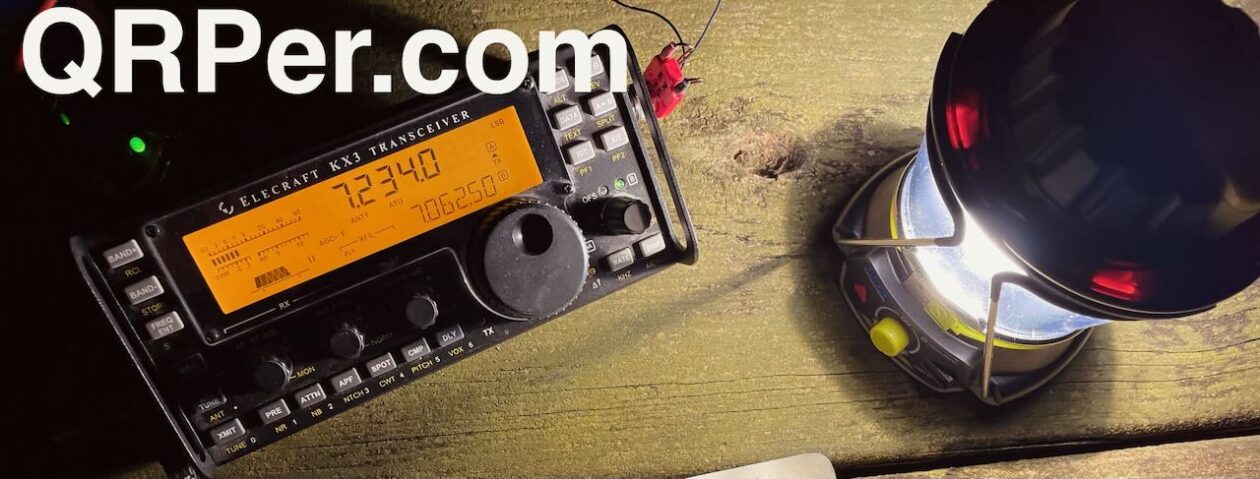Many thanks to Teri (KO4WFP) for the following guest post:
The Final Countdown and an Innovative Solution for My Nova Scotia Trip
by Teri (KO4WFP)
As I finalize preparations for my trip to Nova Scotia, during which I plan to activate six or seven parks, I ask myself “How the heck did I get here?” Those of you who read my first field report in this series know that Thomas Witherspoon’s decision to activate parks in Canada last year was my motivation. I admit it is gutsy of a relatively new op to believe I can undertake such a venture.
The necessity of traveling to Nova Scotia by plane drove the decision of what equipment to take. QRP became the name of the game, a great option for a CW op. I purchased the Elecraft KX2, a rig with a great reputation. Once it arrived in early May, I spent the next month and a half acquiring the necessary accessories and skills for this adventure. The final step before I leave is ensuring I have what I need and the room for it. Given others might want to undertake a similar venture, I will share what equipment I have chosen to take and how I am packing it.
I know most people prefer a roll-on suitcase, but after a trip to New York City last summer, I had enough of schlepping wheeled suitcases up and down the many flights of stairs we traversed. Upon my return to Savannah, I immediately purchased an Osprey Fairview 55 pack. The Fairview pack can be carried as a suitcase by a handle on its side or as a backpack (my preference). As for its size, it meets airline carry-on dimension requirements for domestic flights and has a few points to attach items you might carry if actually using it for hiking. And, best of all, it is made for YLs!
Included with and attached to the front of the pack is a smaller backpack that can be used as a daypack. I figured this would be perfect for most of my ham equipment and proceeded to find a way to fit everything in it. The larger Fairview pack would serve as my carry-on and the smaller daypack as my personal item for the flight.
As you can see, the daypack has a fair amount of room. In the main compartment I have the gorillapod tripod for mounting the AX1 on top of the rental car or a picnic table, the carrying case for Craig, my KX2, and his accompanying items, and two Tom Bihn travel bins. There are two additional compartments inside the daypack – a mesh, zippered pouch and a slot for a laptop or iPad.
When I first began CW POTA activations, I used a notepad to track contacts. However, to save time, I switched to a refurbished laptop with N3FJP loaded to log contacts in real-time. Juggling it and the key didn’t prove as difficult as I originally thought. Also in the laptop slot are documents I don’t want bent like my license (not pictured), band plan, UTC conversion chart, and call sign prefixes for European countries. I am also taking a small steno notepad as a backup for logging contacts as well as making notes for the trip reports I’ll write afterwards.
In the zippered, mesh pocket are the Elecraft manual that came with the rig and my two longer lengths of RG-316, one 25’ and the other 50’. Continue reading KO4WFP: The Final Countdown and an Innovative Solution for My Nova Scotia Trip


























































